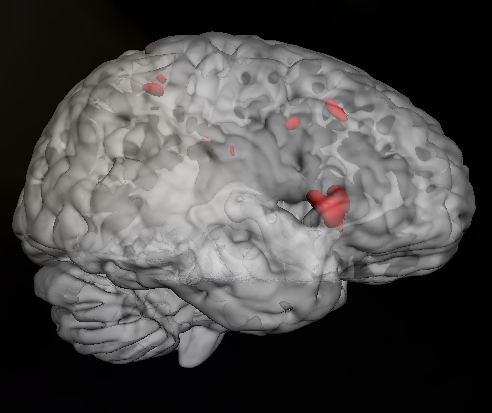If you’ve ever noticed the 3D images of brain structures on Wikipedia, you may have been curious where they are sourced from.
It turns out that they are generated from a freely accessible Japanese database, the Life Sciences Database Archive. This database is licensed under Creative Commons.
It includes anatomical models that can be downloaded as well as other public databases including gene expression databases. The anatomical models can be downloaded and browsed online at the Body Parts 3D site.


